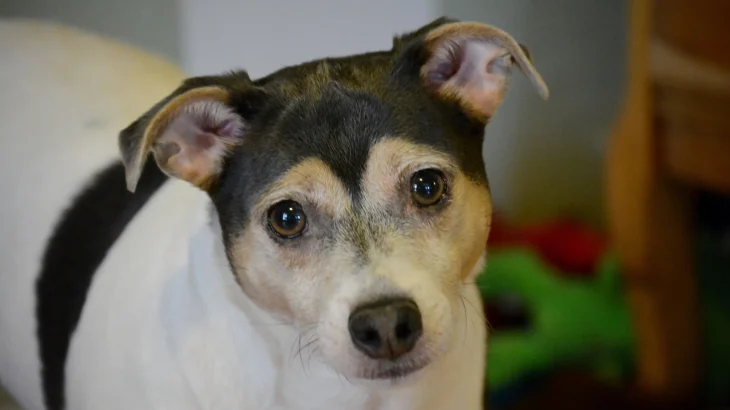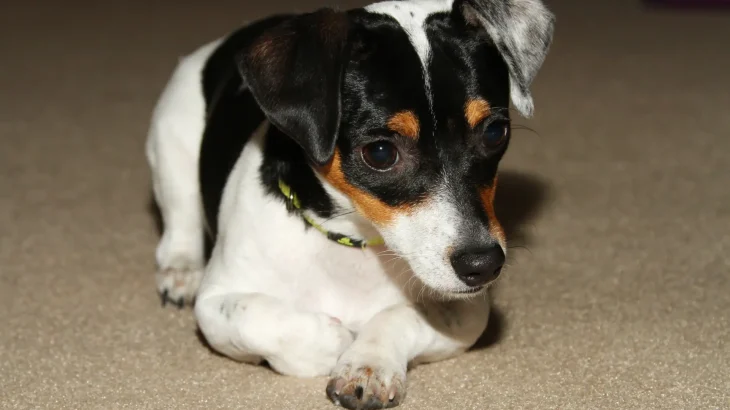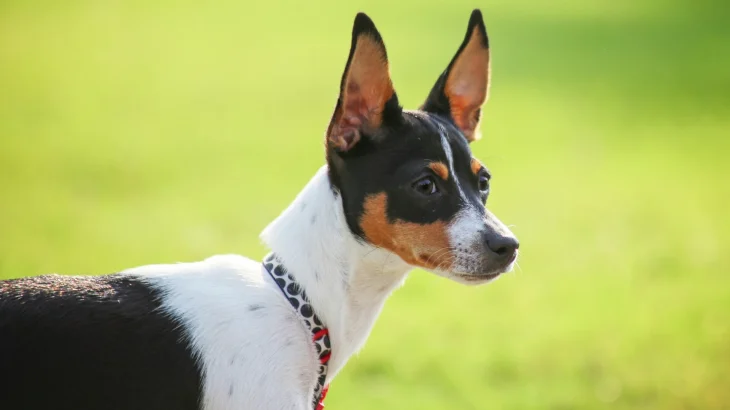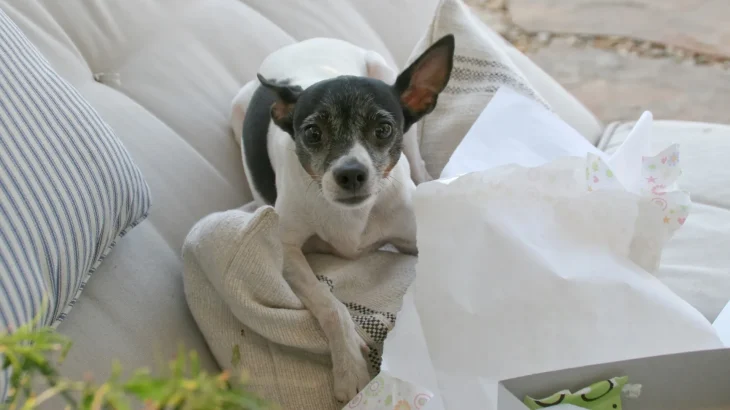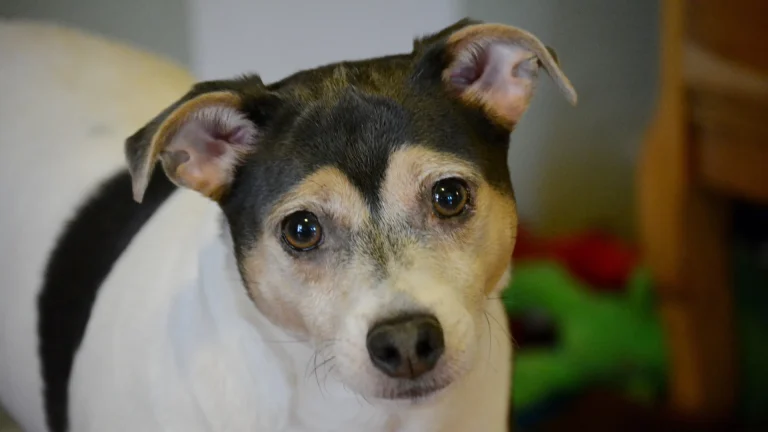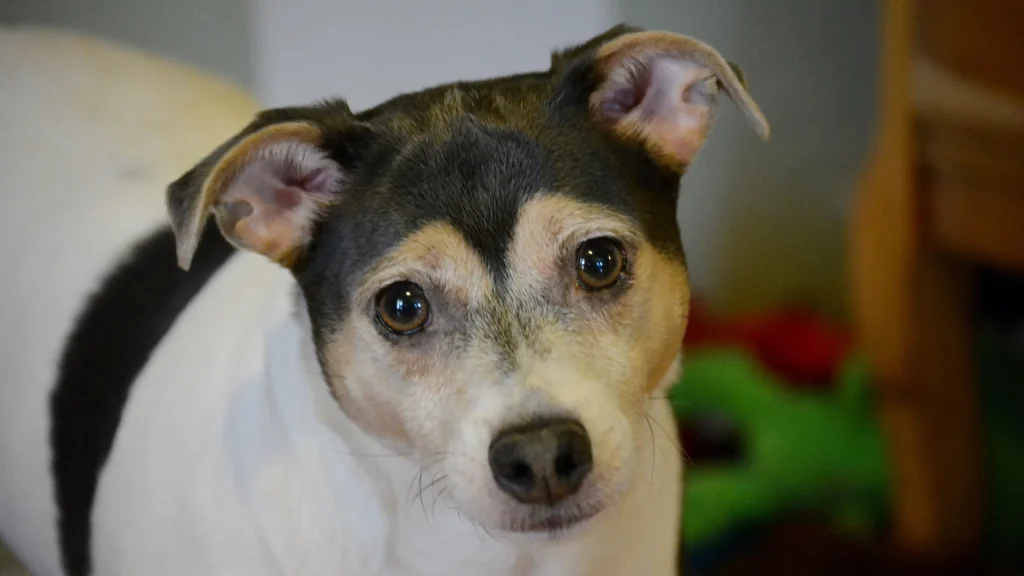Deciding whether to adopt or purchase a Rat Terrier puppy depends largely on your priorities and expectations. Buying from a breeder usually gives you a puppy with known lineage and health history, while adopting offers a chance to provide a home to a Rat Terrier in need, often at a lower cost.
Adoption vs. Breeder: Pros & Cons
| Criteria | Buying from Breeder | Adopting from Shelter/Rescue |
|---|---|---|
| Cost | Higher initial cost, generally $500-$1,100. | Lower fees, usually $50-$200, often including initial vet care. |
| Health History | Detailed screening and pedigree, some offer genetic testing. | Health history may be limited, but basic health checks are common. |
| Age Availability | Primarily puppies, so you raise them from young age. | Varies; may include puppies, adults, or seniors. |
| Temperament Insight | Breeders can share lineage and parent temperament info. | Staff can share observations but history may be incomplete. |
| Supporting Practices | Supports selective breeding for healthy, socialized pups if reputable. | Supports animal welfare by providing a home to a dog in need. |
| Risk of Genetic Disorders | Lower with responsible breeders doing health checks. | Potentially higher because of unknown lineage; rescues often screen dogs. |

